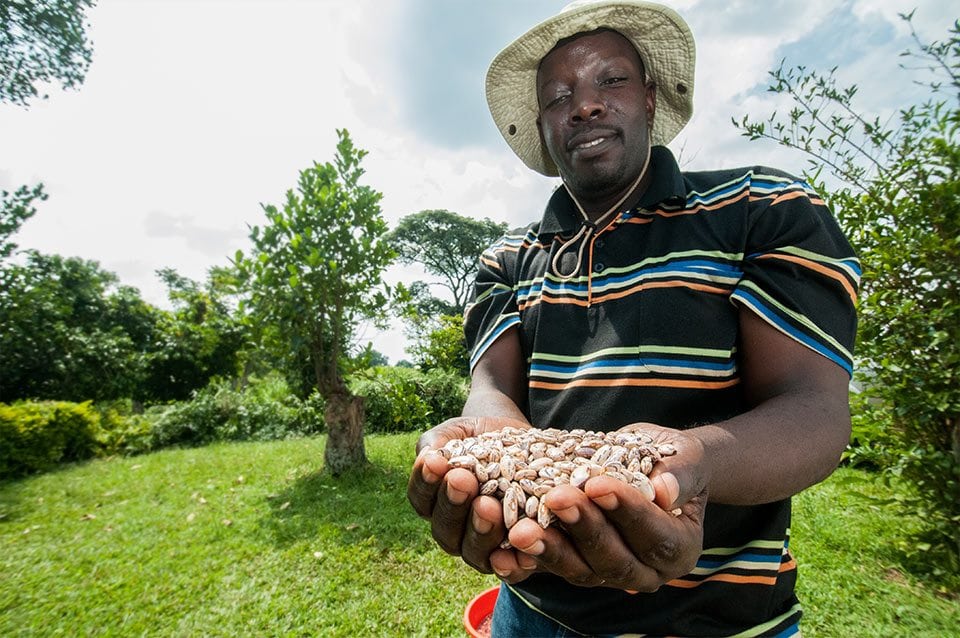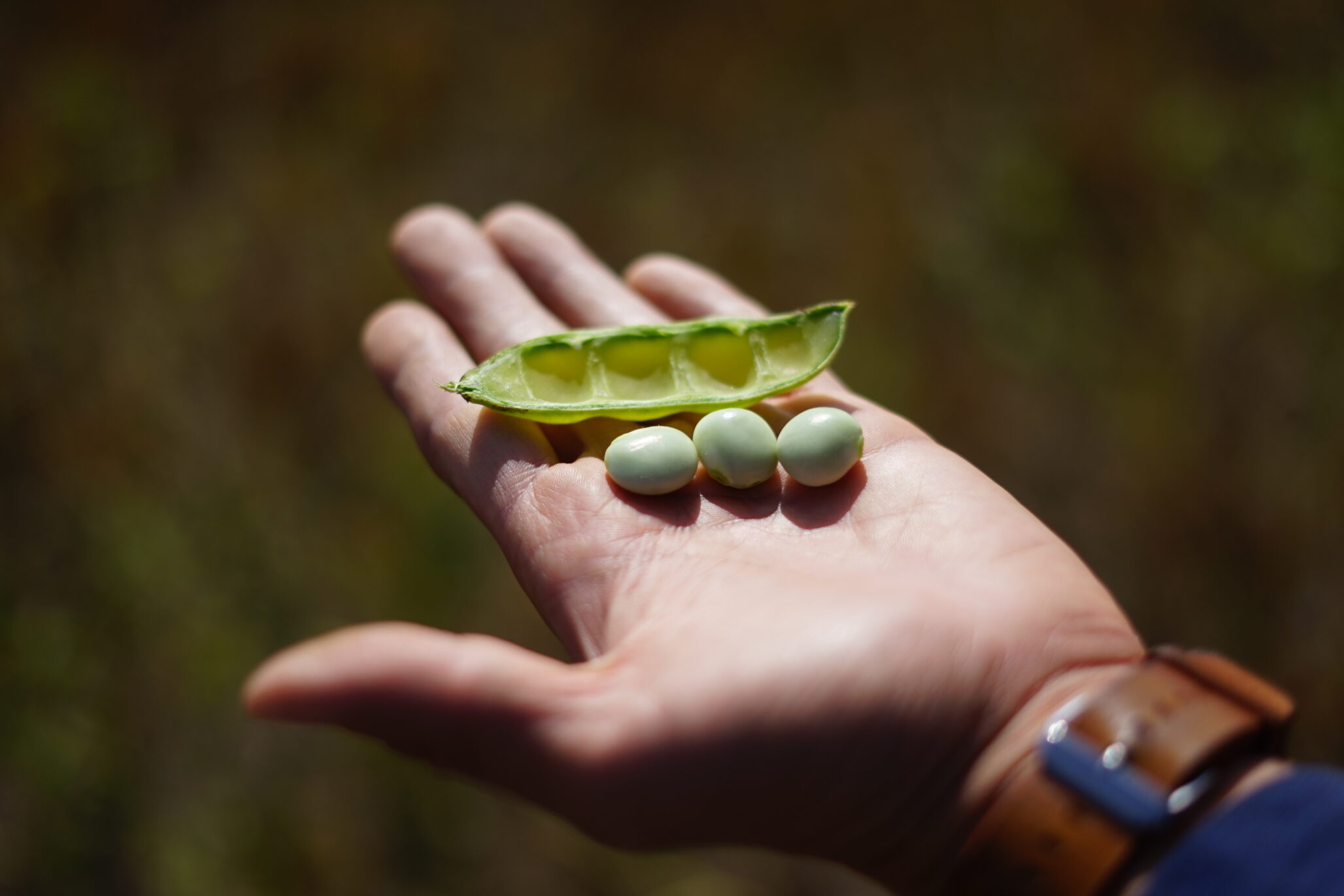The International Year of Pulses is shedding light on how valuable and versatile pulse crops are for Europe, Africa and the Middle East.
Less than a month after the United Kingdom voted to leave the European Union, a vegetarian Labour MP stood in the Houses of Parliament and took aim at the Conservative government not for its handling of the referendum, which only a few weeks earlier had caused bitter divisions within the U.K. and throughout Europe, but of its handling of the pulse sector.
At such a politically charged time, it’s noteworthy to think a British politician would choose dry beans, dry peas, chickpeas and lentils to make a political statement.
Such a scenario speaks to the power of what a global initiative designed to promote these crops is accomplishing. The Food and Agricultural Organization of the United Nations (FAO) has designated 2016 as the International Year of Pulses (IYP), in order to promote these crops and increase their consumption throughout the globe.
Dry beans, dry peas, chickpeas and lentils are high in protein, fibre, and various vitamins, provide amino acids and are hearty crops. They are most popular in developing countries, but are increasingly becoming recognized as an excellent part of a healthy diet throughout the world, the FAO notes on its website.
IYP is meant to promote pulses and their health benefits, but it’s also highlighting new projects that are making a huge difference in parts of the world that need it most.
Forget About the Supplements
Five new bean varieties bred with high iron and resilience to the impacts of drought have been released in Uganda for the first time.
The varieties — co-developed by the National Crops Resources Research Institute (NaCRRI), the Rwandan Agricultural Board and the international Center for Tropical Agriculture (CIAT) through HarvestPlus, were released as part of the government’s strategy to tackle malnutrition and reduce anemia in the country, especially in children and expectant mothers.
Stanley Nkalubo, leader of the Legumes Research Program at NaCRRI, which evaluated and released the varieties on July 22, said the biofortified beans will provide a cheap source of nutrition among poorer communities.
“Instead of buying expensive supplements, communities can now buy and grow these beans as a way of boosting nutrition and reducing anemia — a major health concern in Uganda — also knowing they will get yield despite drought,” he said.
Eleonora Dupouy, food safety and consumer protection officer with the FAO based in Budapest, Hungary, remembers 2015 when the idea for IYOP was proposed by the Pakistan and Turkey. In a recent interview with Protein2Food, a European Union-funded group working to develop high-quality food protein from multi-purpose seed crops and grain legumes, she notes that more people eating pulses will have major benefits not only to human health, but to food security as well.
“Pulses are a good basis to develop innovative, cost-effective and resource-efficient food crops that are high in protein, with a positive impact on human health, the environment and biodiversity,” she says.
Part of creating that security is the fact that pulses are a sort of social equaliser, she adds. “It is important that pulses are consumed by all categories of population: low-income and wealthy groups and in all countries – developing, with transition economies, and developed.”

Pulse Hors D’œuvres
Back to those British politicians.
In the age of social media, when it seems like every cause has a special day, week, month or year attached to it, IYP is standing out in a part of the world that some might argue has far more urgent matters on its mind. British Members of Parliament celebrated the pulse industry in London back in July, just a few weeks after the Brexit referendum that caused a global firestorm of political controversy.
At a time when the whole of British politics seemed to revolve around the Brexit spectacle, Labour MP Kerry McCarthy took a moment during her remarks at an IYP social event on July 20 to lament the treatment of the U.K. pulse sector, which she said “has been neglected and overlooked for too long.”
Farming Minister George Eustice stayed away from the politics of pulses and instead focussed on the fact that pulses are not only healthy, but a good choice for the socially conscious trend-setters of London and beyond: “From lentils to beans, British pulses are becoming ever more popular on menus and in shopping trolleys across the country as people increasingly adopt more healthy eating options.”
The exchange was a good illustration of how IYP is raising the profile of pulses and getting people to talk about them, which in today’s Internet-dominated environment can often be half the battle.
“The general reaction was surprise that these products are available, how healthy they are and how affordable they are,” says Franek Smith, vice-president of the British Edible Pulse Association (BEPA), which co-hosted the event.
“We came to highlight the value of these often-overlooked foodstuffs to MPs and how they fit into the modern diet. We outlined their value as healthy, high-protein and high-fibre foods, the fact they are very affordable and why they should be a regular part of everyone’s diet. We explained how they reduce cholesterol while providing essential proteins and amino acids.”
BEPA also took the opportunity to explain the sustainability of pulse crops, including how they benefit the environment by fixing their own nitrogen in the soil and the key role they play on many modern U.K. arable farms.
Guests were able to try U.K.-manufactured pulse snacks as well as a range of pulse hors d’œuvres prepared by The Gate Restaurant, Islington, one of the top vegetarian restaurants in the country — which highlights even more how pulses are becoming an important food in the developed world.

Bringing Worlds Together
It’s an example of how IYP and pulses in general are bringing the developing and developed world together around a common cause. Tanzania’s Papias Binagwa is a student funded by the Innovative Agricultural Research Initiative (iAGRI) whose quest to complete his master’s degree in plant and soil sciences included a stay in the United States at Tuskegee University in Alabama in 2013.
He wrote his thesis on pythium root rot disease in the common bean, and has continued to specialize in both bean breeding and pathology.
“When you tell people [in Tanzania] you studied in the U.S., they can’t believe it. It’s hard to imagine coming from a rural area and studying in public schools in Tanzania and then getting an opportunity to pursue a university education in the U.S.,” he says.
Binagwa’s story was published on the iAGRI website and picked up by IYP, which now has a worldwide Twitter following under the handle @LovePulses.
“IYP may [facilitate] important change towards enhancing the dietary use of pulses, it may promote the better use of both whole pulses and the pulse-derived ingredients, such as protein isolates, fibres and other components, thus contributing to more food diversity, convenience and to raising consumer demand,” the FAO’s Eleonora Dupouy tells Protein 2 Food. “Pulses are excellent for showcasing the functional link between agriculture, food, nutrition and health.”
The need for new varieties of pulses and improved yields is at the heart of the FAO’s objectives as far as IYP goes, she adds. “Pulses are a good basis to develop innovative, cost-effective and resource-efficient food crops that are high in protein, with a positive impact on human health, the environment and biodiversity.”
—with files from BEPA, Protein2Food, Georgina Smith (CIAT), IYP, and iAGRI













